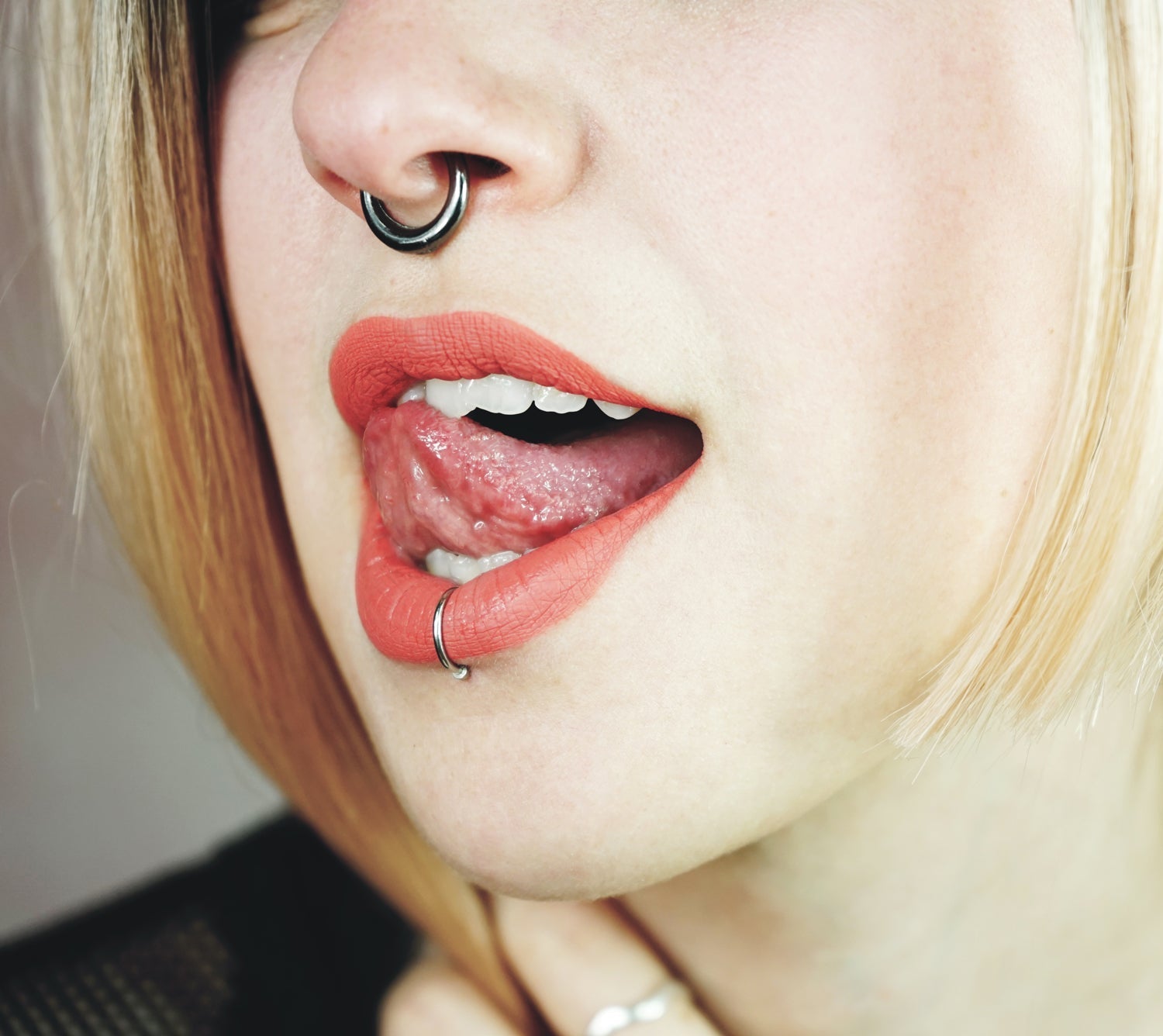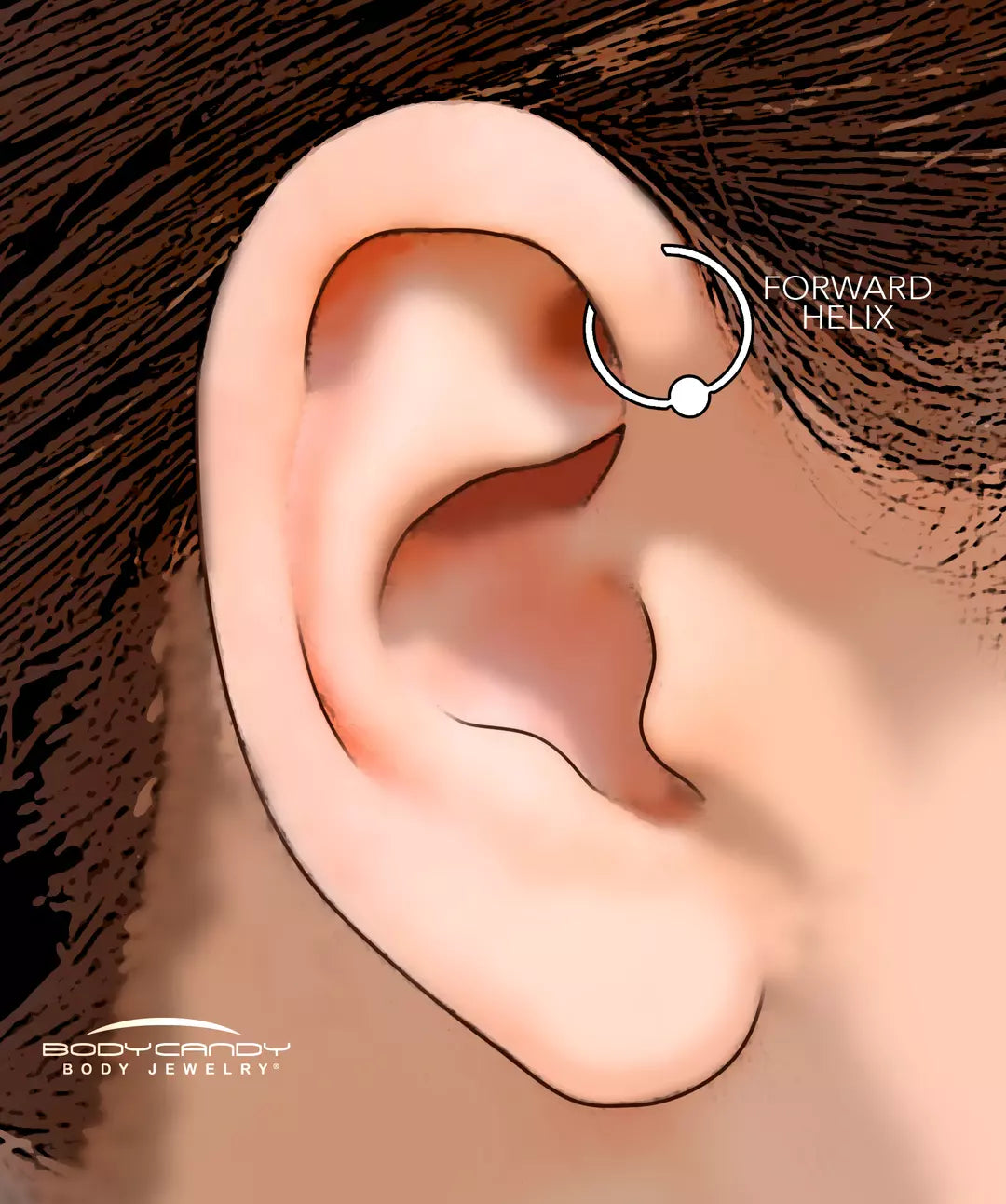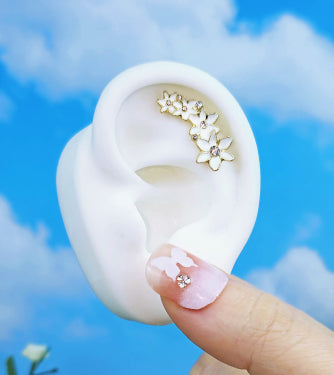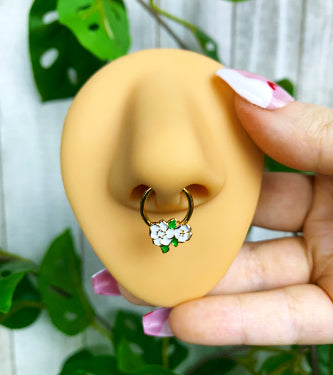We get a lot of questions about specific piercings and what kind of anatomy is required to get them. So today we are going to take a brief moment to address that issue once and for all with a long look at what makes a piercing anatomy-specific and what does that term really mean for you and that piercing you want.
What Is It?
An anatomy-specific piercing is one that requires you have a certain build to the place you want pierced. This can vary depending on the actual piercing being discussed. A navel piercing doesn’t have the same requirements as an industrial piercing, naturally. What they both have in common is that you need to meet a certain biological standard to be able to maintain those piercings.

Are All Piercings Anatomy-Specific?
Yes. With the possible exception of earlobes, if you’re not built for the piercing you aren’t going to be able to get it. Every piercing from your septum to your tragus to a dermal is going to need certain minimal requirements for you to get it done. Everyone’s body is different and while this is a wonderful thing about the human body, it does also mean that not every body is suited for every piercing.
Are Some Piercings More Anatomy-Specific Than Others?
Yes. Some of the most notoriously anatomy dependent piercings include:
- the navel: you need to have a defined lip at the top of your belly button, and your navel can’t collapse upon sitting down
- the industrial: requires a really well-defined helix and a low flat
- the septum: cannot be deviated
Don’t panic if you don’t have the anatomy for one of these, there are ways around that:
- Your navel collapses when you sit? Floating navel might be what you’re looking for.
- Don’t have the proper set up for an industrial? Maybe a floating industrial will work for you.
- Your septum is deviated? Clip-on jewelry exists for a reason!
Even if you’re quite sure that you don’t have the anatomy for the piercing you want, it’s always worth it to have a chat with a trustworthy piercer and see if there is some kind of work-around to get you a similar look.

How Does Anatomy Effect Healing?
Well, if you get a piercing that isn’t suited to your anatomy it either will not heal properly or it won’t heal at all.
- A navel piercing with pressure applied due to a collapsing navel is likely to eventually migrate or reject.
- A pierced, deviated septum is very likely to heal crooked.
- An industrial pierced without enough helix is liable to migrate or reject, while one pierced with a flat that is too high is liable to find the barbell digging into the flat. This can eventually break the skin and cause permanent damage or scarring.
If your body is not designed to support the piercing, the odds of migration or rejection are stacked against you. So, if you go to see your piercer and they tell you that you don’t have the anatomy for the piercing you want, they’re not doing it to hurt you. They’re trying to save you from pain and scarring from a piercing that refuses to heal or possibly heals but doesn’t look the way you wanted it.
All piercings are, to some degree, anatomy dependent. That’s simply the nature of body piercing. However, with many variants existing for so many piercings, you may not need to fit the requirements of a standard piercing to get a really cool variation of that piercing. So whether you think you may not have the anatomy or you know you don’t have the anatomy, go have a chat with your piercer and see what they can do with the anatomy that you have. The worst thing they can do is tell you “No” …. and as hard as that can be to hear, it’s for your own safety. Happy piercing!






